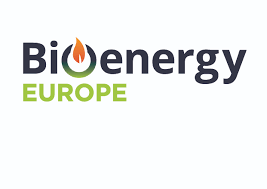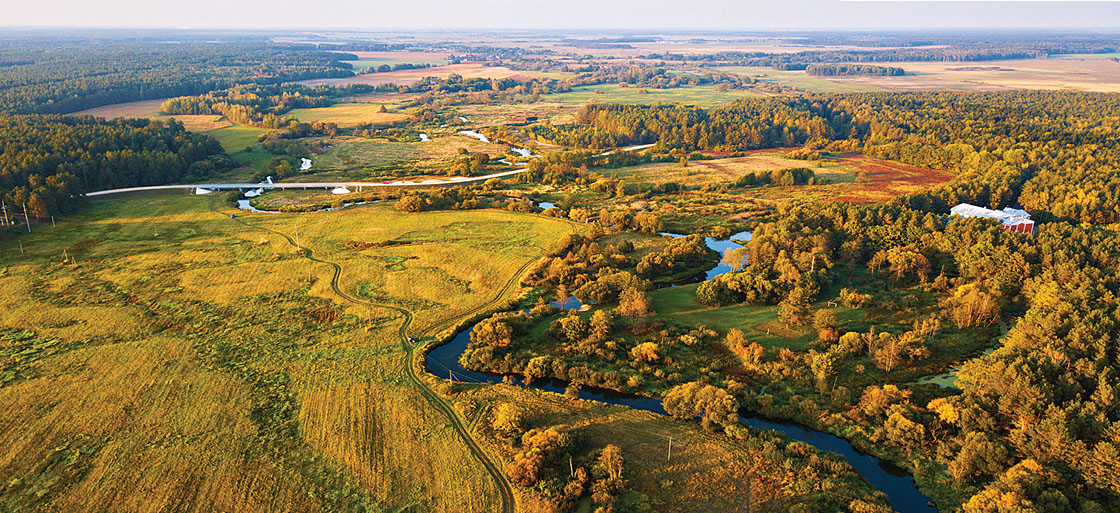 The European Green Deal was introduced as the European 'man on the moon moment'. Undoubtedly, such comparison appeals to imagination. The key difference, however, is that the fulfilment of carbon neutrality promise in the European Union, won’t be a single spectacular event, but rather a lengthy journey. The direction is clear: the way in which we produce, consume, travel, and how we heat our homes needs to become carbon neutral. However, there is no silver bullet for achieving this goal. We argue that one of the key technologies leading such change is sustainable bioenergy sector.
The European Green Deal was introduced as the European 'man on the moon moment'. Undoubtedly, such comparison appeals to imagination. The key difference, however, is that the fulfilment of carbon neutrality promise in the European Union, won’t be a single spectacular event, but rather a lengthy journey. The direction is clear: the way in which we produce, consume, travel, and how we heat our homes needs to become carbon neutral. However, there is no silver bullet for achieving this goal. We argue that one of the key technologies leading such change is sustainable bioenergy sector.
Energy remains the source of 78% of GHG emissions in EU 28, with transport and heating sectors together being responsible for 45% GHG emissions. An overarching priority therefore is to rapidly decarbonise these sectors. This process relies on the substitution of fossil fuels from the energy mix with carbon neutral, renewable energy. Since the year 2000, the indigenous energy production of renewables has steadily increased in Europe (+131%) and bioenergy’s absolute contribution to EU final energy mix has more than doubled. Representing almost 60% of the total renewable energy consumed in Europe, the bioenergy sector has a leading role to play in the low-carbon energy transition. Only in 2017 thanks to bioenergy utilization, 303 MtCO2eq were saved. This equals to 7% of EU28 GHG emissions, around the annual emissions of Spain.
To achieve the objective of climate neutrality by 2050 improvement of energy efficiency combined with additional use of renewables is required. We expect modern bioenergy will continue to lead the field and has huge prospects for further growth. But the right policies and rigorous sustainability regulations will be essential to meet the sector’s full potential. According to conservative estimates bioenergy can sustainably triple its contribution to the energy mix and cover half of the EU energy demand by 2050. The uniqueness of bioenergy lies in its versatility. Widespread use of bioenergy facilitates decarbonisation of heat and transport, sectors in which other renewables currently play a much smaller role. Bioenergy is also a highly innovative sector. As an only energy technology, it has potential to deliver negative emissions thereby contribute to balancing of global carbon budget. It is possible thanks to the utilization of biomass in combination with carbon capture and storage (BECCS). In the EU there are already several pilot projects employing BECCS. Other interesting negative emission solution based on biomass is production of biochar - a soil fertilizer offering permanent capture of CO2. In order to meet carbon neutrality by 2050 it is indispensable to resort to negative emissions technologies.
Concerning social aspects of the Green Deal Initiative, the bioenergy sector will facilitate the transition in particularly in GHG intensive regions. Bioenergy value chain is predominantly local - net import of biomass equals only to 4% of the EU’s biomass primary energy production. It increases both security of energy supply as well as reinforces local economies. Beside decarbonisation itself, dynamic growth of bioenergy would provide synergies with local economies, by creating highly skilled jobs and additional streams of revenue for farmers, foresters and communities. Currently, bioenergy is accounting for more than 700,000 direct and indirect jobs, a scale-up of bioenergy will contribute to delivering a jobs-rich transition for Europeans. Moreover, bioenergy is one of the most affordable renewable energy technologies providing the right solution to energy poverty.
With more than 50,000 business units and an annual turnover of €60.6 billion, bioenergy is a key industrial sector contributing to EU economic growth. Bioenergy's growth and success is ultimately based on industrial synergies with the agricultural and forest based sectors. The further development of a sustainable and circular bio-economy provides business rationale for the more resource efficient process. To achieve it though, the key factor is to support its development with the EU industrial strategy fully supporting the development of the whole renewable energy sector.
To sum up, bioenergy is a key player in the current and future energy mix and, along with other renewable energy sources, it is part of the solution to achieve 2050 carbon neutrality objective. Its development is both advantageous for the regional economy as well as development of comprehensive circular bioeconomy. The bioenergy sector is ready to deliver a lowcarbon, more resource-efficient and sustainable economy.

Bioenergy Europe (formerly known as AEBIOM) is the voice of European bioenergy. It aims to develop a sustainable bioenergy market based on fair business conditions. Founded in 1990, Bioenergy Europe is a non-profit, Brussels-based international organisation bringing together more than 40 associations and 90 companies, as well as academia and research institutes from across Euro pe. More information available at: https://bioenergyeurope.org/